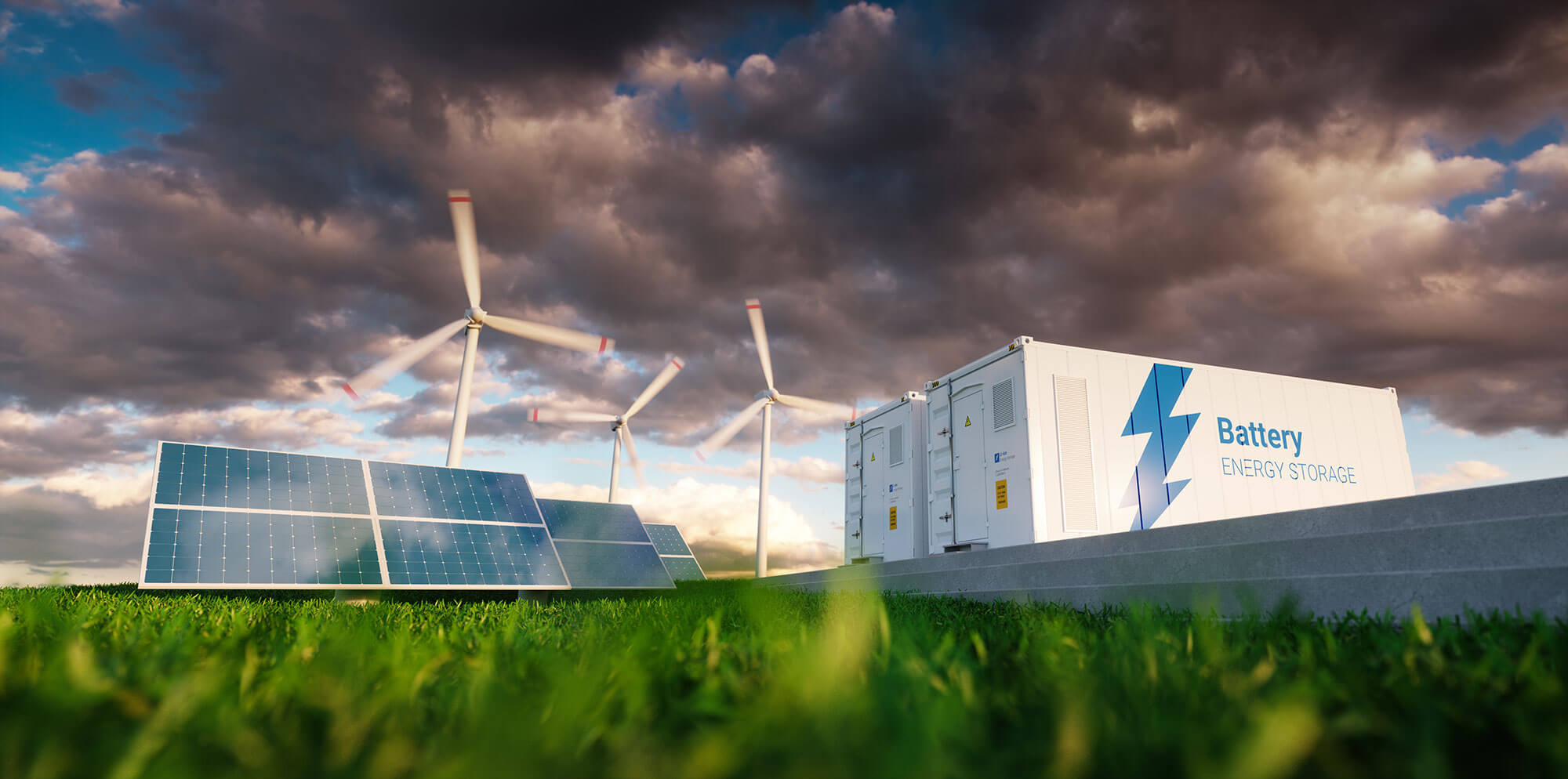Advertisement
There are very few people by now who don’t acknowledge that renewable energy is the way of the future, but there is that pesky problem with managing peak demand, and the storage of, for example, solar energy for ‘a rainy day’. Storage is the main constraint for the installation of renewable energy, so it’s not surprising that this is a growing field.
Electricity generation vs storage
It is important to note the difference between energy production and energy storage, as some energy storage looks like production. It’s all about ‘making hay while the sun shines’ or generating electricity when you can, and saving it for use when you need it. This is important even for conventionally generated electricity, so some municipalities store off-peak electricity generated during the late night and early morning, and then release it at peak periods.
Existing storage options for renewable energy
‘There are basically three ways of storing energy,’ explains renewable energy consultant Pete Lucas – ‘chemical, thermal and kinetic.’
Advertisement
- Chemical storage is usually in the form of batteries that utilise the chemical energy stored by charging. It’s a lot more complicated than this but, basically, batteries are charged by using electricity to move electrons from one electrode to another. The natural tendency of these electrons to move back to where they came from releases the electrons – or energy, or electricity. Batteries have been built and used in this way for centuries, with the main developments being in the refinement of the chemicals used. And that’s where most of the development is happening today, with the newer, more efficient batteries using lithium and other rare earth minerals. Now, clearly, the problem with using rare earth minerals is – well, it’s all in the name, isn’t it? They’re rare, so they are not renewable, and they are minerals, so they have to be mined. And some of them are mined in countries that do not have the best occupational health and safety records.
- Thermal storage is based on the same principle of using energy to power a phase change, i.e. melting, e.g. a salt. When the molten salt recrystalises, the energy that caused it to melt is released, and can be distributed as energy for powering homes or industries.
- Kinetic storage is using off-peak or available energy to move something, and then to release it during peak demand, or when the system cannot generate electricity. One form of kinetic energy storage is the flywheel, which works incredibly well in many applications, but there is still much work to be done before it can be used as large-scale storage for renewable energy. The best-known kinetic storage system is pumped storage – local examples are the Palmiet Pumped Storage Scheme near Cape Town, and the Drakensberg Pumped Storage Scheme. An alternative method, working on exactly the same principle, is to lift a heavy weight with available or peak energy, and drop it when supplemental energy is needed.
Kinetic storage – gravity is your friend
Pumped storage is simple, but it involves significant engineering of pristine or near-pristine river systems, which is not without repercussions. Rivers are complex and delicate ecosystems, and changing any element is likely to have an environmental cost. However, according to water strategist Anthony Turton, ‘these costs are, in most cases, externalised from the cost-benefit analyses of the pumped storage scheme.’
But kinetic storage systems using weights show great promise. The first attempts, which involved lifting weights by crane onto high towers or platforms, proved to not be feasible. However, Edinburgh-based company, Gravitricity, plans to pioneer the concept in disused coal mines in the United Kingdom – and possibly further afield, anywhere where there are conveniently disused mine shafts. They are doing feasibility studies in South Africa, which is hardly surprising as mine shafts are kind of our super-power.
This, says Turton, would be much more sensible than pumped storage. ‘Mining,’ he says, ‘is an inherently destructive endeavour that depletes natural, environmental and social capital in the pursuit of financial capital. Using structurally stable, accessible mine shafts to store electricity would extend the effective financially productive life of the mine, even though no actual mining would take place. And, ultimately, this can help pay for rehabilitation.’
So what does that mean, really?
Well, like all heavy engineering projects, it will be a while before it is fully implemented, but we can look forward to utilising all those disused mine shafts in a constructive way. Now the next challenge is to find a sustainable use for mine dumps. That might be more of a challenge.



